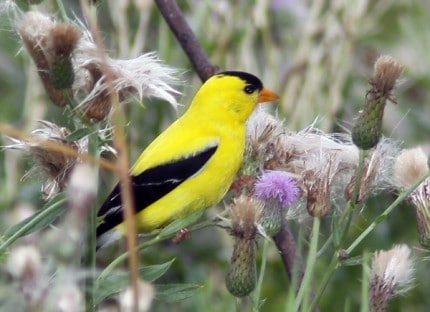
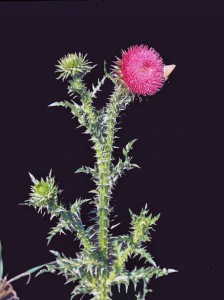
(Chelsea Update would like to thank Tom Hodgson and the Waterloo Natural History Association for the information and photos in this column.)
This past winter was one that most of us would like to forget, but in one way it was not very different from others. Save for the calling of blue jays and crows, winter is a season without songs – bird songs that is.
We begin to see a change in late February when male cardinals begin to sing. The chorus begins to grow with the arrival of male red-wing blackbirds in March.
From then on there is a steady influx of spring migrants, winging and singing their way north. The cacophony of bird songs reaches its peak in May, but is sustained through most of the month of June as birds set up and defend nesting territories.
By the end of June most birds have completed their nesting cycle for the year. There are a few exceptions however, including robins, bluebirds, eastern phoebes and wrens, which may nest more than once a season.
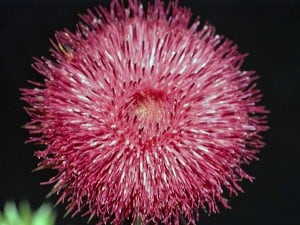
For the rest, there is no reason to sing, no mates to attract or territories to defend for the rest of the year. The bird sounds of May and June are gradually replaced by insect sounds in July and August.
Cicadas begin buzzing in the trees, and katydids and crickets fill the night with their rasping and chirping calls.
But wait, there is one bird that has still not nested. The American goldfinch has waited patiently for one plant to set seed; the brightly colored, prickly thistle. Various species of thistle have been blooming through June and July and are now going to seed. The downy thistle-heads provide both food and nesting material for the American goldfinch.
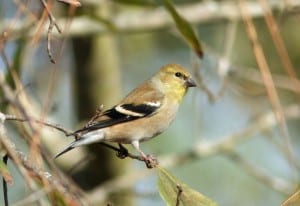
The male American goldfinch is bright yellow and sports a black cap and black wings. The female is a pale greenish-yellow above and bright yellow below. She lacks the black cap of the male and her wings are dark brown instead of black. The American gold finch has a distinct roller coaster flight pattern. They often chirp at the bottom of each dip in flight as if their stomachs are tickled by the rapid decent.
Those who have thistles growing nearby should be on the lookout for goldfinches. They are now making regular trips to these plants to feed and gather nesting material.
More accurately, the male is feeding, the female is feeding and gathering thistle down for nesting. The female is the primary nest builder, and the outer portion of each nest is built of coarse plant materials like bark, weed stems and grass. The inner portion of the nest is lined with thistle down. In fact, the thistle down is so tightly woven, the nest will hold water. And, sometimes a nest can be flooded during a sudden rain storm if the adults are not there to protect it.
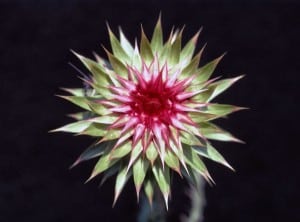
A cardinal looks like a cardinal the year around, but goldfinches go olive drab in the winter. After the breeding season is over the goldfinch molts its bright yellow feathers and exchanges them for olive brown feathers that it wears until the next spring.
Anyone who has goldfinches coming to their feeders in the winter will see the bright yellow feathers begin to reappear as spring approaches.
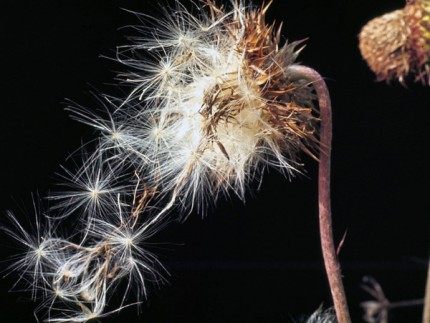






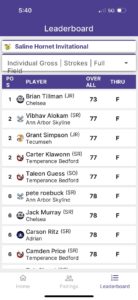






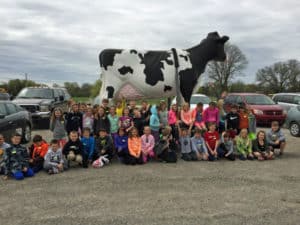

Love reading your column. Look forward to discovering new things. I would love to hear the songs/call of these birds. Any chance that could be included in your column.
We have included bird song links in the past. Just not with this column.
Lisa
I usually do include the bird calls, but couldn’t find one on the gold finch that I liked and that had an easy link. I’ll remember your request when writing future articles. Thanks for your interest.